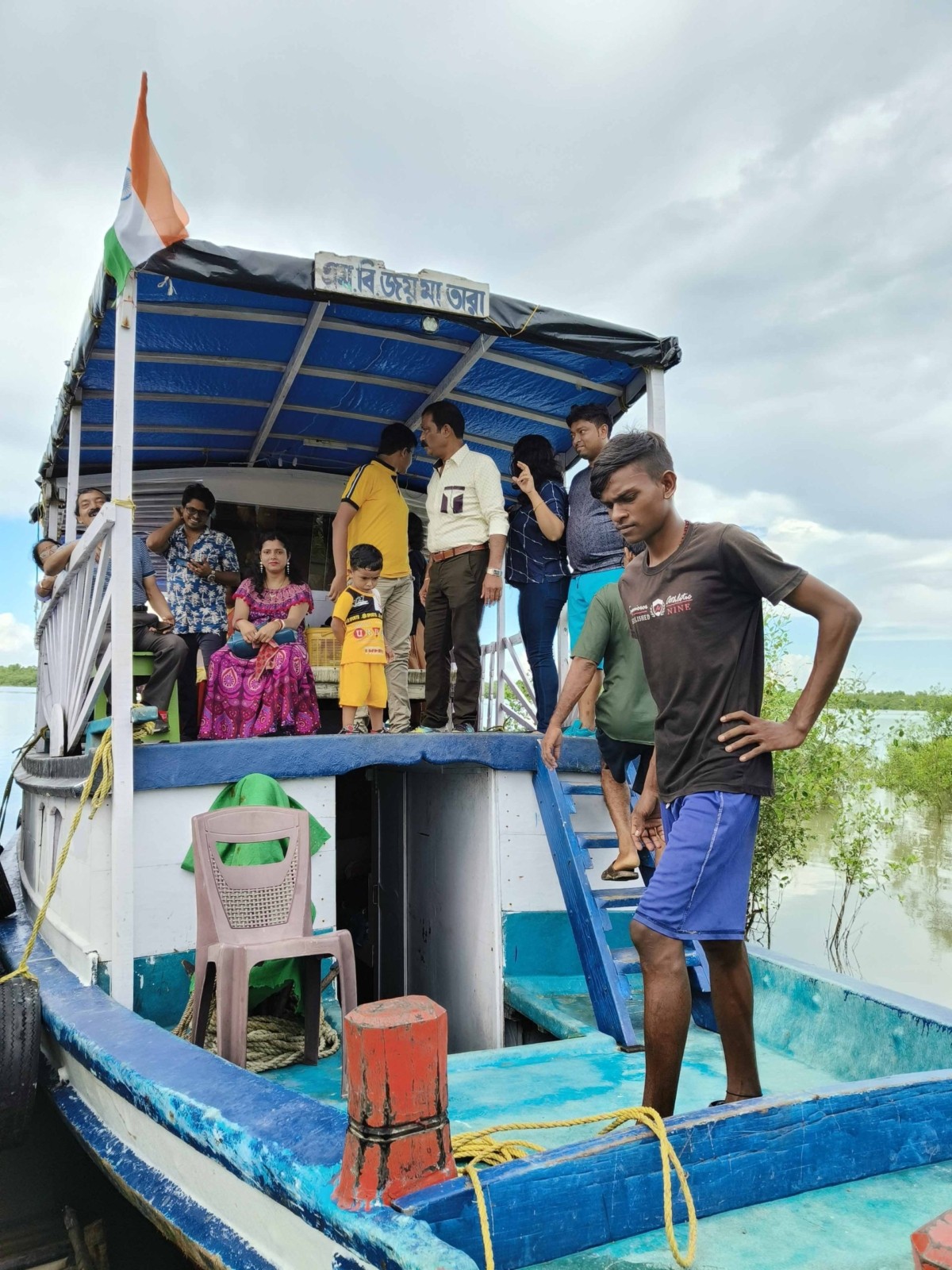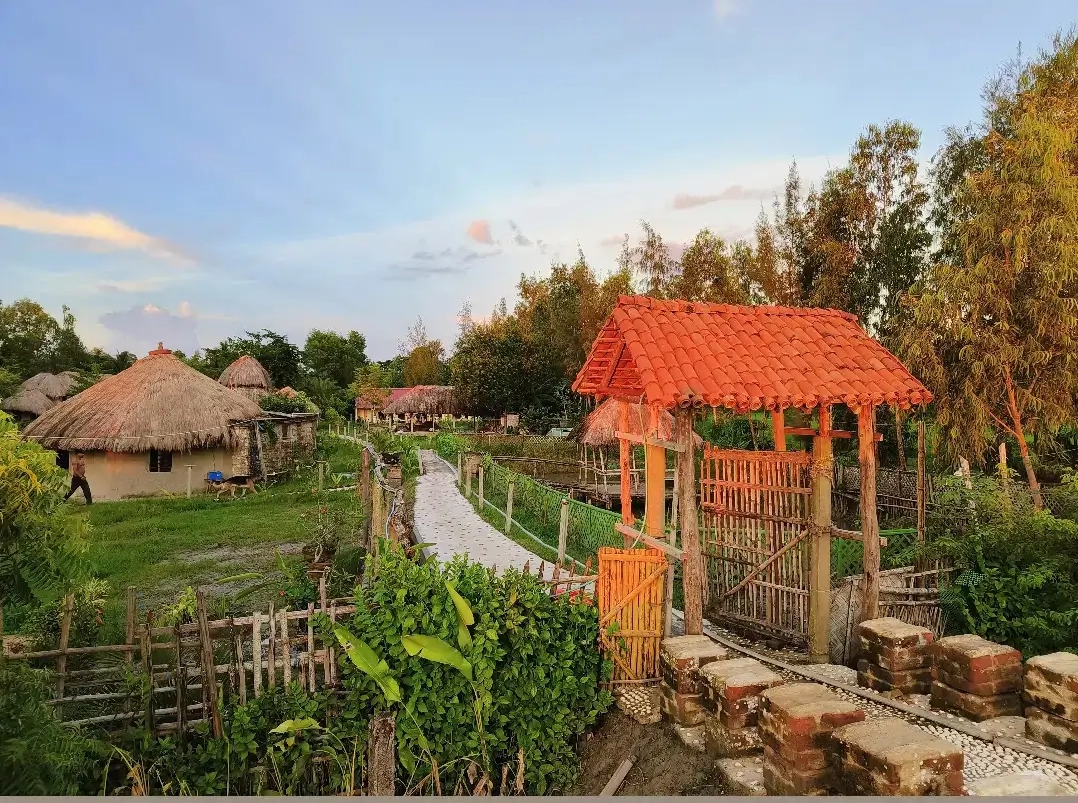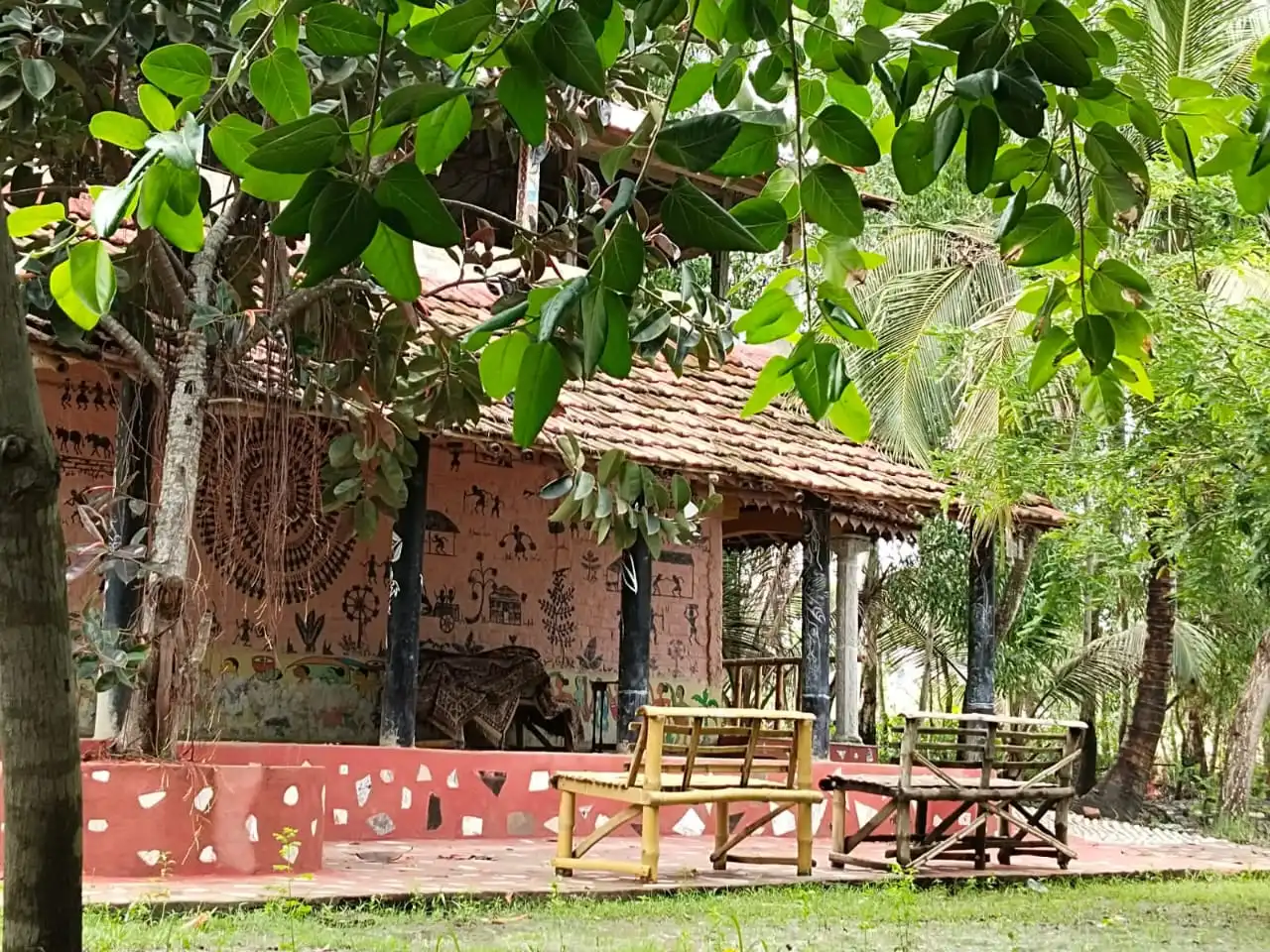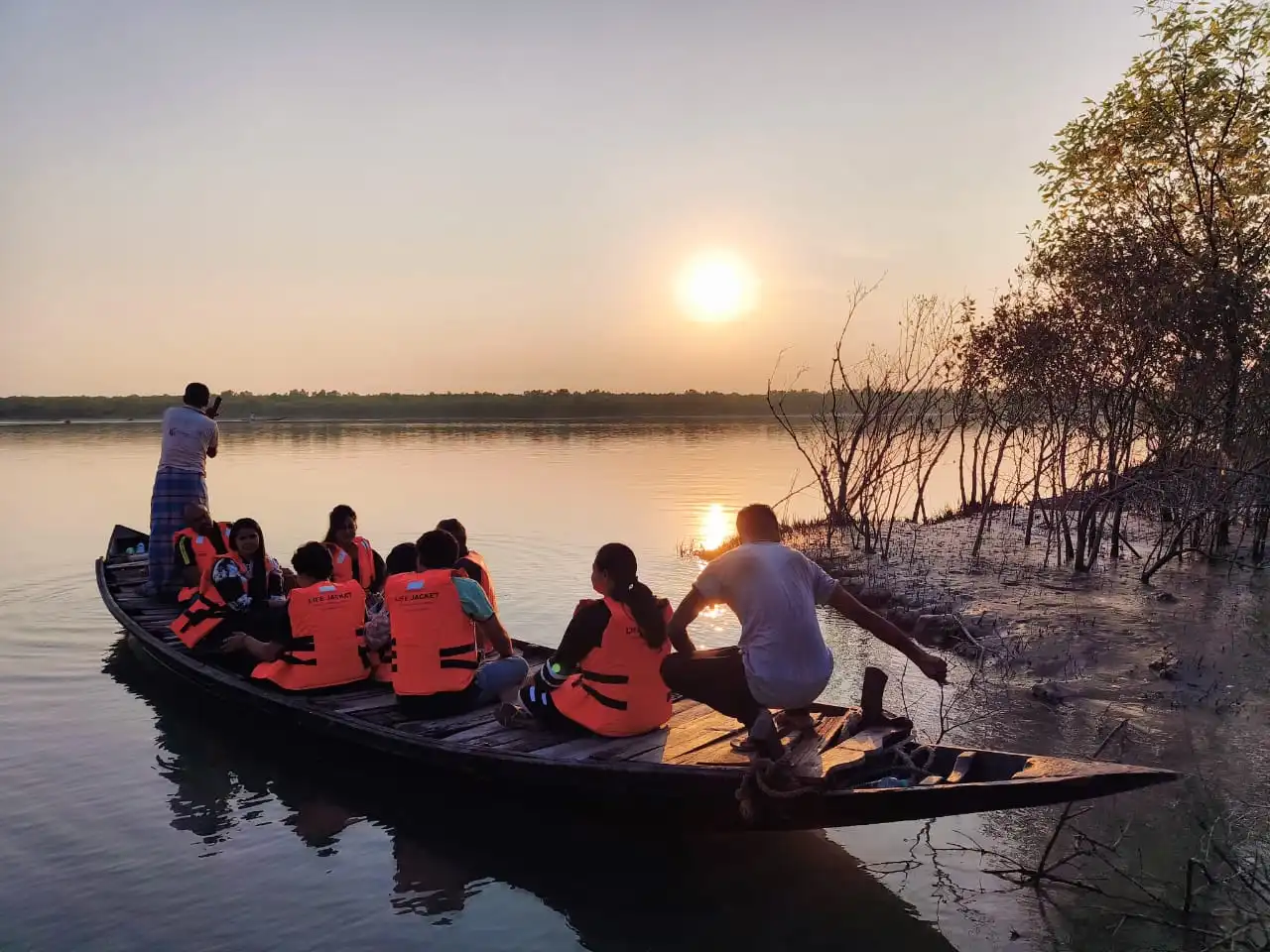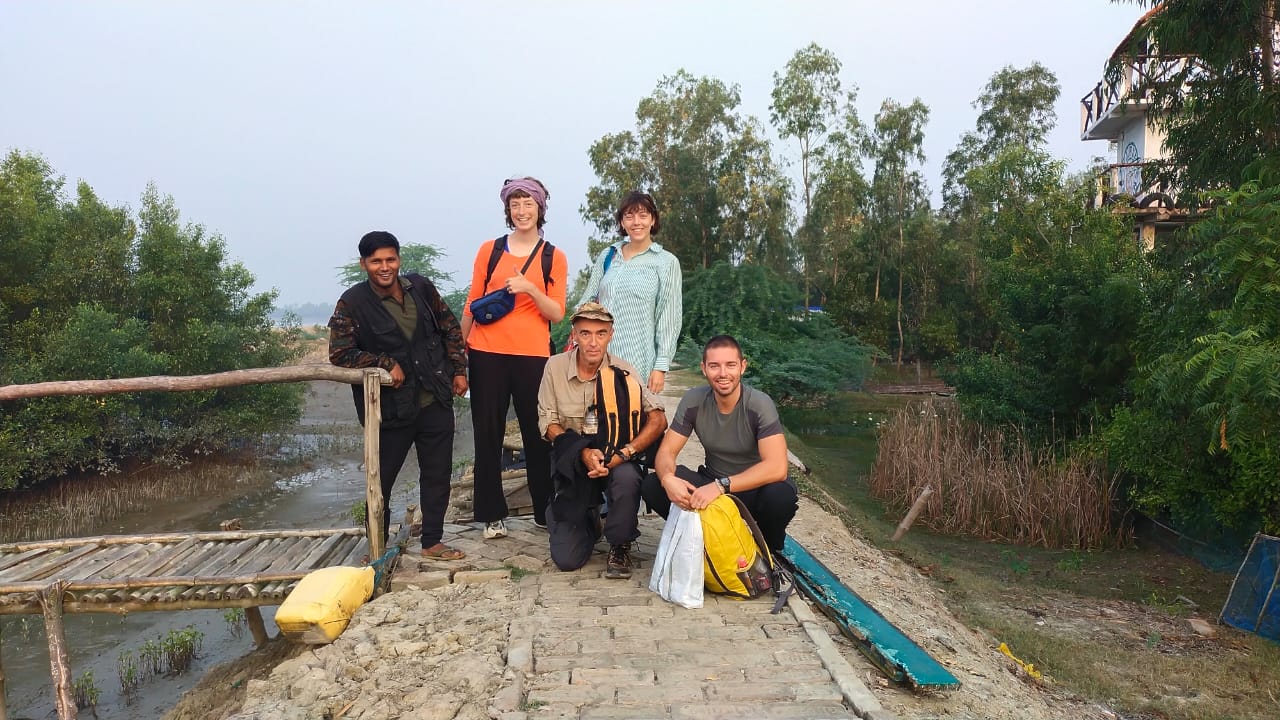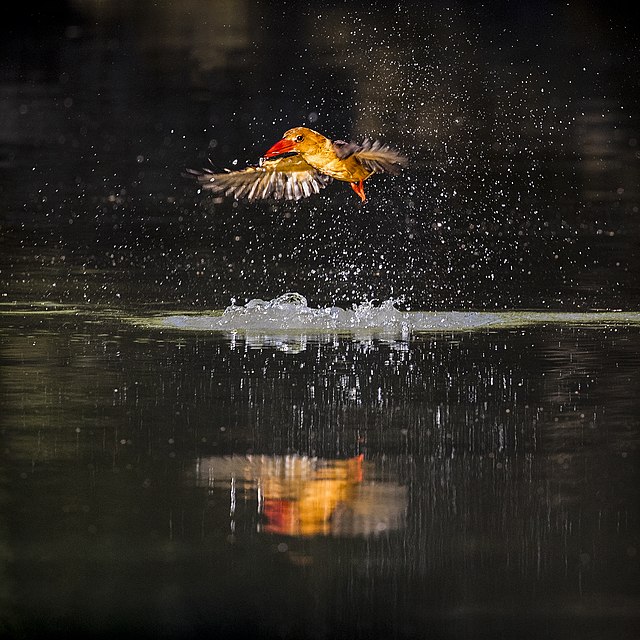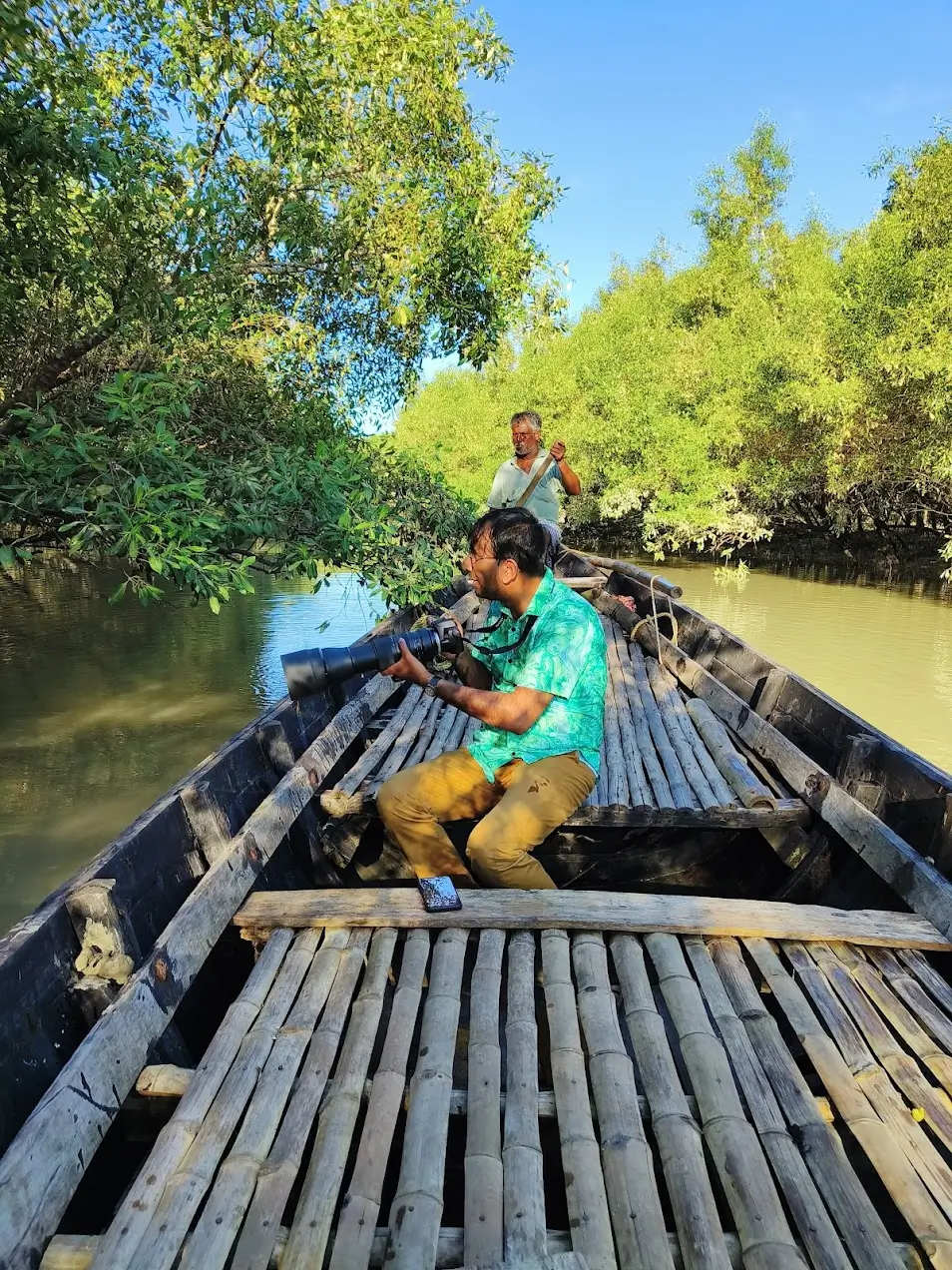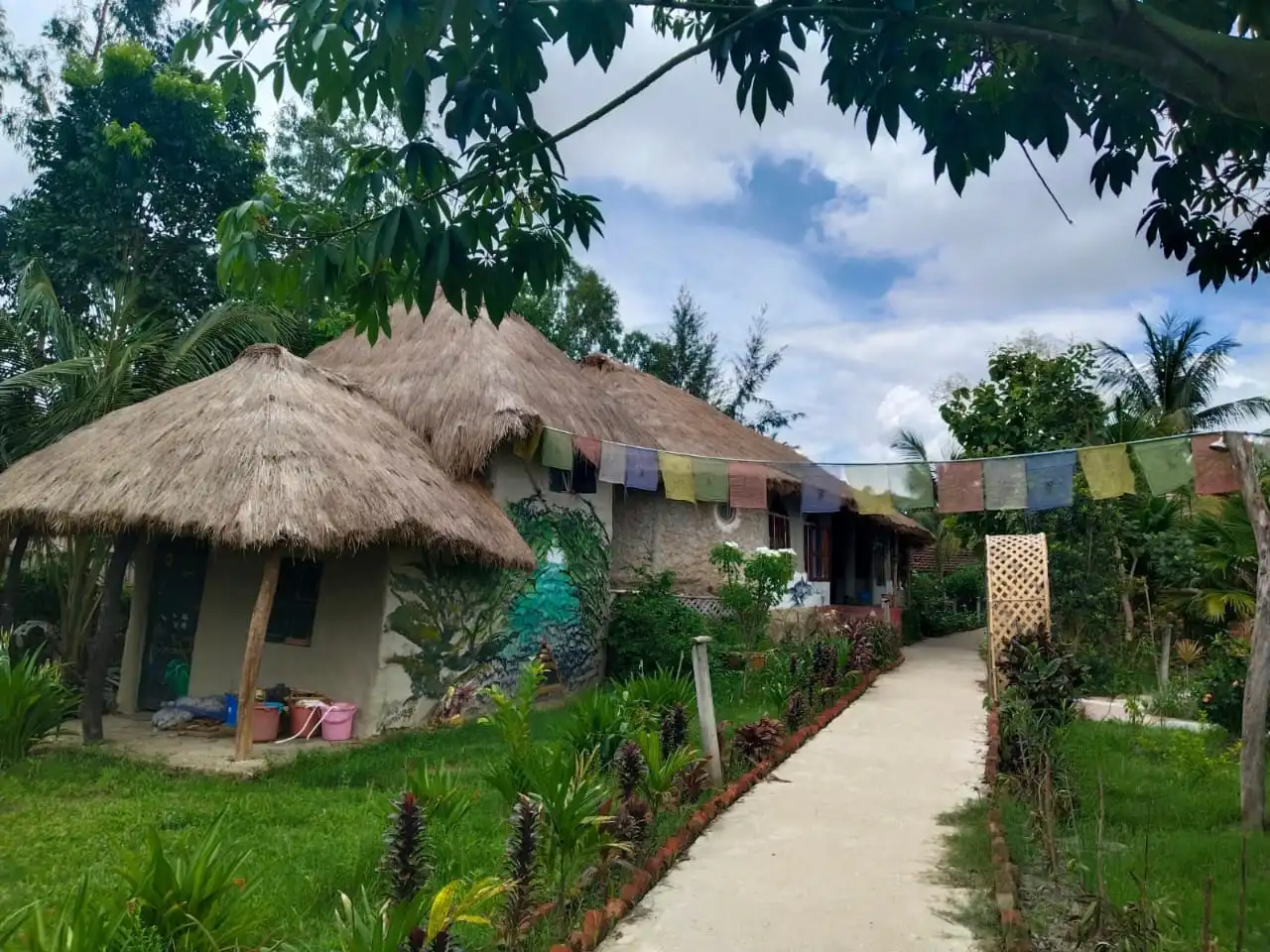The Sundarbans, the largest mangrove ecosystem in the world, is under threat from historical and future human exploitation and sea-level rise. However, local heroes and conservation champions have emerged to protect this fragile ecosystem and its diverse inhabitants.
These individuals work tirelessly to raise awareness, implement protection measures, and promote sustainable livelihoods for the communities that depend on Sundarban tourism for their survival. In this article, we will explore the efforts of these conservation champions and their impact on the preservation of the Sundarbans ecosystem.
The Sundarbans: A Unique and Threatened Ecosystem
The Sundarban Kolkata tour is a sea-dominated delta with a rich biodiversity, home to several endangered species, including the Royal Bengal Tiger, Ganges and Irrawaddy dolphins, estuarine crocodiles, and the critically endangered endemic river terrapin. The ecosystem provides essential services, such as storm surge protection, flood mitigation, and fisheries, to millions of people living in the vicinity.
Despite its importance, the Sundarbans is facing numerous threats, including over-exploitation, deforestation, and climate change. The loss of this ecosystem would have disastrous consequences for the local communities, the economy, and the global climate. As a result, the efforts of local conservation champions are crucial in safeguarding the Sundarbans and ensuring its long-term survival.
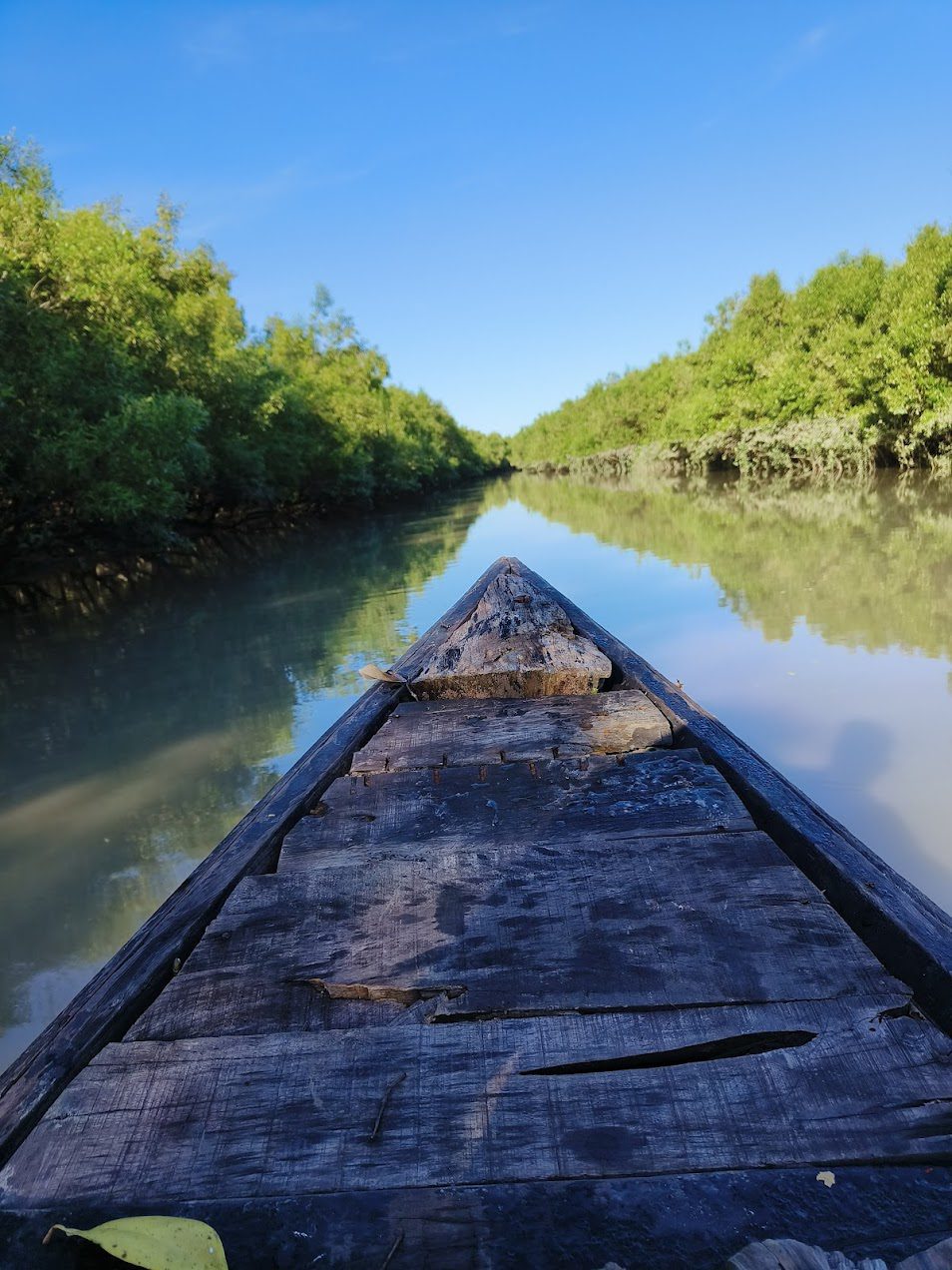
The Role of Local Inhabitants
The Sundarban tourism inhabitants have a deep connection with the forest and its wildlife. They have embraced a culture of their own, with rituals and religious festivals observed in the mangrove forest. However, their lives are often isolated and dependent on the forest’s resources. The struggle to overcome natural hazards makes them vital stakeholders in the conservation of the Sundarban Kolkata tour.
Despite the challenges, they have the potential to be powerful allies in the conservation efforts, provided they are given a stake in the conservation strategies. The government’s investment in the Sundarbans inhabitants could increase their quality of life while supporting conservation strategies at the same time.
Conservation Initiatives and Challenges
Several conservation initiatives have been undertaken to protect Sundarban tourism. International voluntary groups, such as the World Wildlife Fund, have played important roles in Sundarbans conservation. However, the conservation efforts have also led to challenges, including the relocation of residents and the alienation of the Sundarbans inhabitants from their land.
The vulnerability of the Sundarbans to climate change, reduced freshwater and sediment supply, and historical clearing of mangroves has led to the ecosystem being evaluated as endangered. The reduction in the historic tiger population and ongoing threats such as reduced freshwater and sediment supply must be effectively monitored and addressed.
The Role of Conservationists and Forest Officers
Conservationists and forest officers are working tirelessly to protect the Sundarbans. They have evaluated the Sundarbans ecosystem as endangered and are advocating for cautious optimism. The conservationists are also working on initiatives to reduce human-wildlife conflicts between tigers and humans in selected areas of the Sundarban Kolkata tour. Biosphere Reserve in India and Bangladesh. The forest officers are also working on getting SMART (Spatial Monitoring and Reporting Tool) about saving among the world’s most endangered and iconic wildlife.
Conservation Champions: Local Heroes Making a Difference
Anil Mistry: A former poacher turned conservationist, Anil Mistry has become one of the leading voices fighting for the protection of the Sundarbans tiger. Through his efforts, he has helped raise awareness about the importance of preserving the ecosystem and its inhabitants.
Community-based Conservation: Local NGOs and community organizations are working together to protect the Sundarbans by implementing conservation and management strategies, such as co-management and sustainable livelihoods. These efforts help reduce human-wildlife conflicts and promote the well-being of both the local communities and the ecosystem.
Government Initiatives: The governments of India and Bangladesh have taken significant steps to protect the Sundarbans, designating it a World Heritage Site and implementing various conservation measures. These initiatives include the Sundarbans Wildlife Management Programme, which focuses on training and mobilizing response teams to handle conflicts and other wildlife emergencies.
International Collaboration: International organizations, such as the World Wildlife Fund (WWF) and the Smithsonian Institution, have provided valuable assistance in developing conservation and management strategies for the Sundarbans. Their collaboration has helped raise global awareness about the importance of preserving this unique ecosystem and its diverse inhabitants.
Conclusion
Sundarban tourism is a vital ecosystem that requires urgent conservation efforts. The local heroes, including the Sundarbans inhabitants, forest officers, and conservationists, are playing a crucial role in protecting this unique and diverse ecosystem. By addressing the challenges and involving the local communities in the conservation strategies, the Sundarbans can be safeguarded for future generations. The conservation of the Sundarbans is not only essential for the preservation of its unique biodiversity but also for the millions of people who rely on the ecosystem services it provides. The efforts of these local champions are instrumental in ensuring the continued existence of this invaluable natural treasure.

